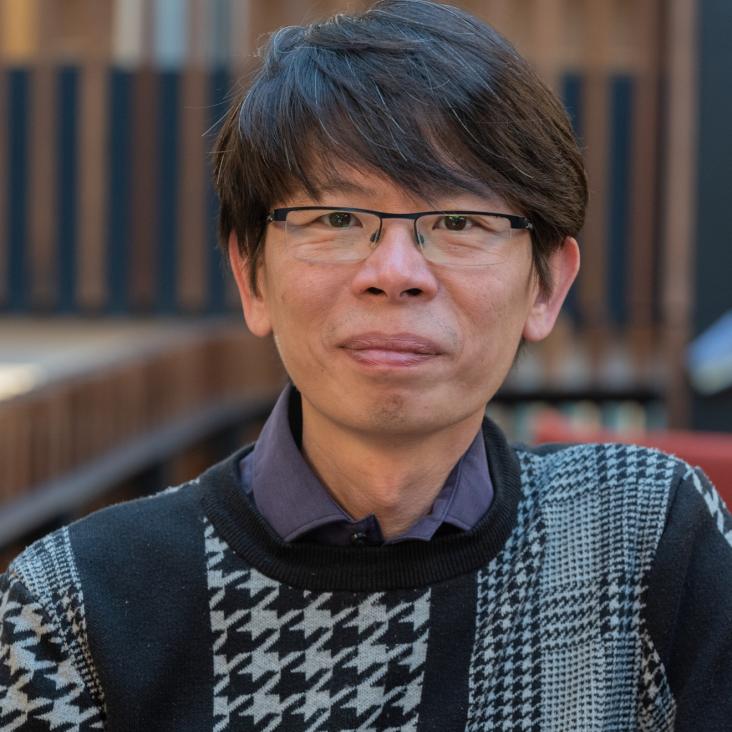A 220 GHz finline mixer with ultra-wide instantaneous bandwidth
Abstract:
We describe the design and fabrication of a 220 GHz superconductor-insulator-superconductor (SIS) mixer with ultrawide IF bandwidth. The mixer is fabricated on a 100 µm thick quartz substrate, with planar circuit on-chip integration. The RF power is coupled to the tunnel junction via a unilateral finline taper and a slotline-to-microstrip transition. We used a double-stub tuning network to tune out the junction’s parasitic capacitance at a broad RF bandwidth, and matched the output impedance of the mixer to the input impedance of the IF amplifier (50 Ω) from 4–18 GHz using a 6-stage IF impedance-transformer. We have fabricated these devices and have measured good DC current-voltage (IV) characteristic curves. The heterodyne mixing performance of these devices is currently being measured, and we expect to present the results in the forthcoming ISSTT conference in March.An SIS mixer based focal-plane array at 230 GHz
Abstract:
Efficiently mapping large areas of the sky with high spectral resolution at mm and sub-mm wavelengths will require a new generation of heterodyne focal-plane array receivers. The number of pixels in such arrays has not increased particularly rapidly in the last two decades, with maximum achieved pixel numbers between 16 and 64 (e.g. [1] and [2]). Thus new approaches are needed to address such problems as local oscillator (LO) injection, feed horn fabrication and SIS mixer design, fabrication and repeatability.
Here we describe a prototype focal-plane array unit based on unilateral finline SIS mixers, fed with smooth-walled feed horns. LO injection power diplexing is achieved by a combination of directly machined waveguide Y-power splitters and bow-tie cross waveguide couplers. The 1×4 prototype array, currently under construction, will demonstrate several technologies relevant to the construction of large format arrays.


